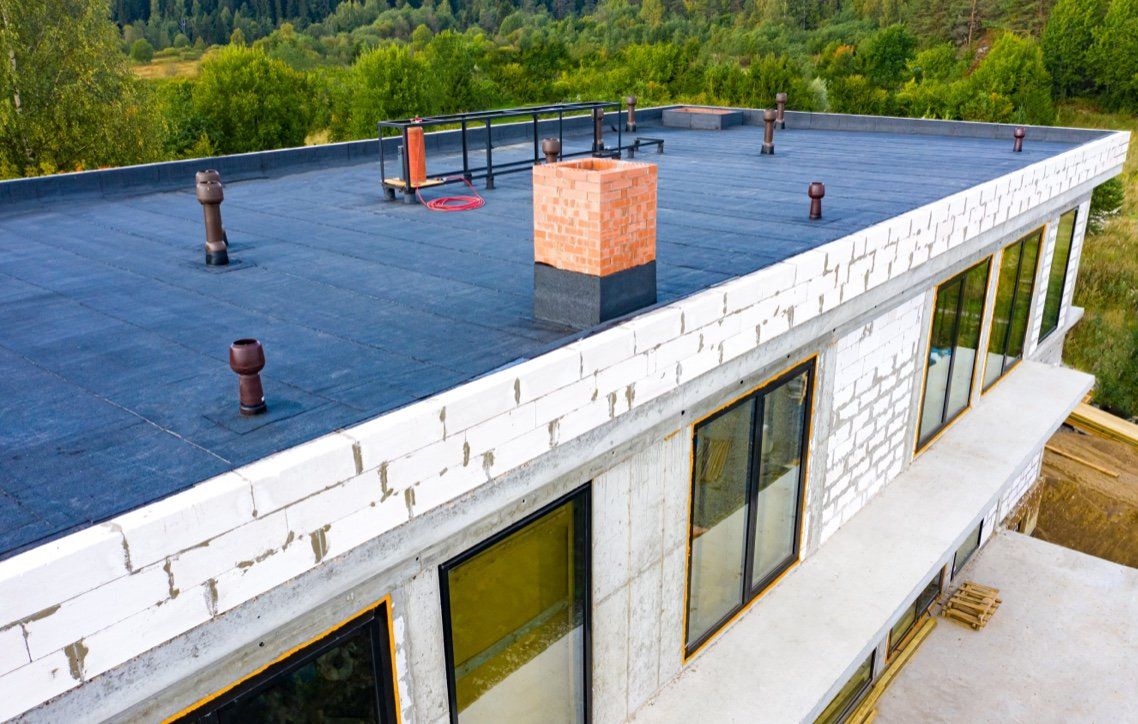Your roof color isn’t just for curb appeal—it has practical implications for your home’s energy efficiency and comfort. Here’s how to choose the best roof color based on your climate.
How Roof Color Affects Heat Retention and Cooling
Roof color has a direct impact on how much heat your roof absorbs. Darker colors, like black, trap heat, warming your home, while lighter roofs, like white, reflect sunlight and help maintain a cooler indoor temperature.
Climate Considerations: When to Go Light or Dark
The color of your roof should be based on your region’s climate:
- Hot Climates: If you live in a hot climate, a white or light-colored roof will help reflect the sun's heat, keeping your home cooler and saving on energy bills.
- Cold Climates: Darker roofs can help absorb sunlight, retaining warmth and reducing heating bills.
- Moderate Climates: A balanced choice might involve neutral or slightly darker shades, depending on your home's insulation.
The Role of Roof Colors in the Urban Heat Island Effect
White roofs are especially effective in reducing the urban heat island effect—where city areas experience higher temperatures due to dark surfaces like asphalt and roofs. By reflecting sunlight, white roofs can contribute to cooler city temperatures and lower energy consumption on a larger scale.
Expert Tips from Weathercraft on Selecting Roof Colors
When deciding on a roof color, consider the following:
- Climate Suitability: Keep your local climate in mind when choosing a roof color.
- Material Durability: Check that your roofing material is compatible with the selected color.
- Aesthetic Appeal: Consider how the roof color will blend with your home’s exterior for a harmonious appearance.
- Energy Savings: Balance upfront costs with energy savings over time.
We assist homeowners in selecting the best roof color and material to fit their needs and financial plans.
